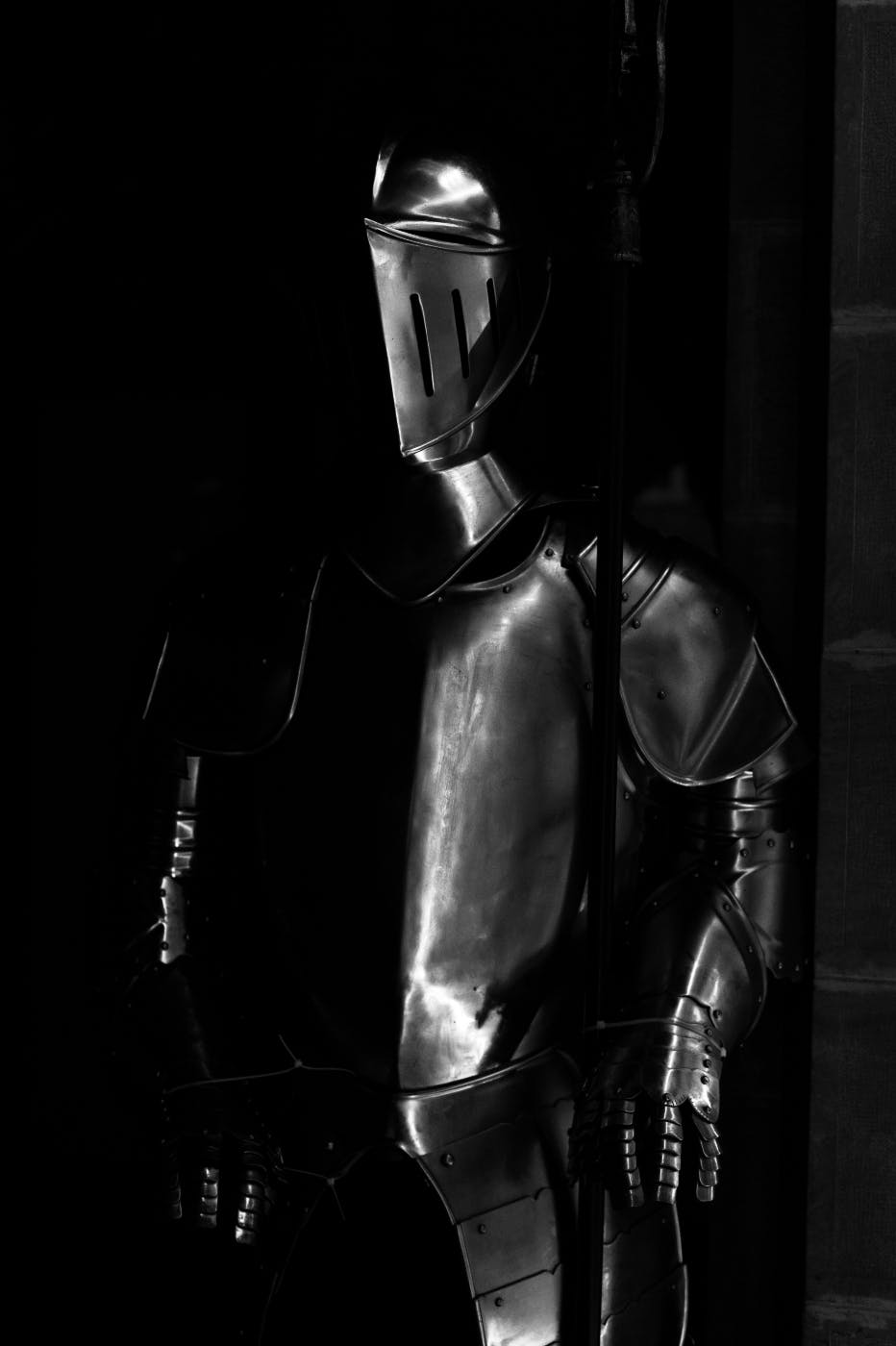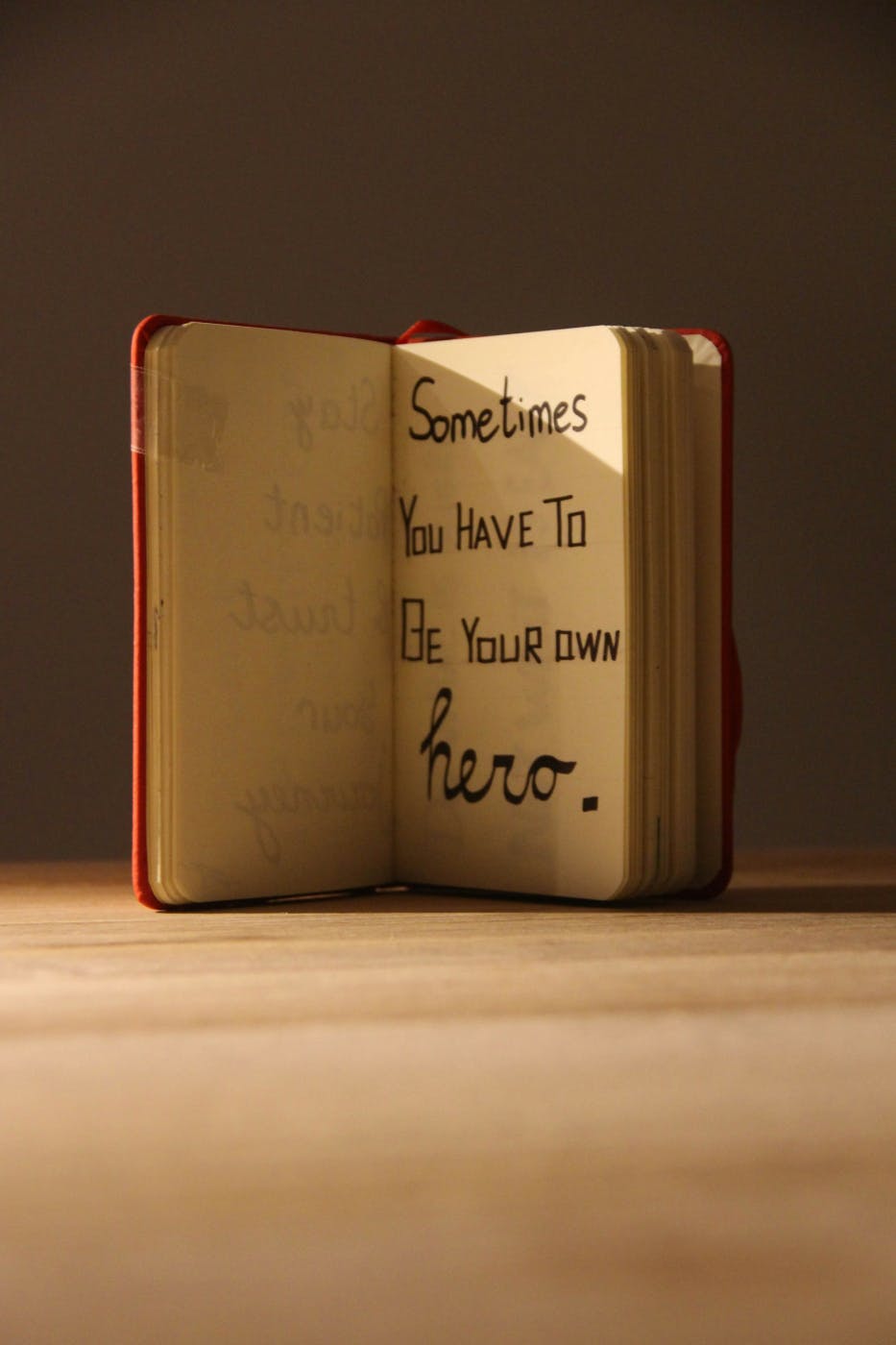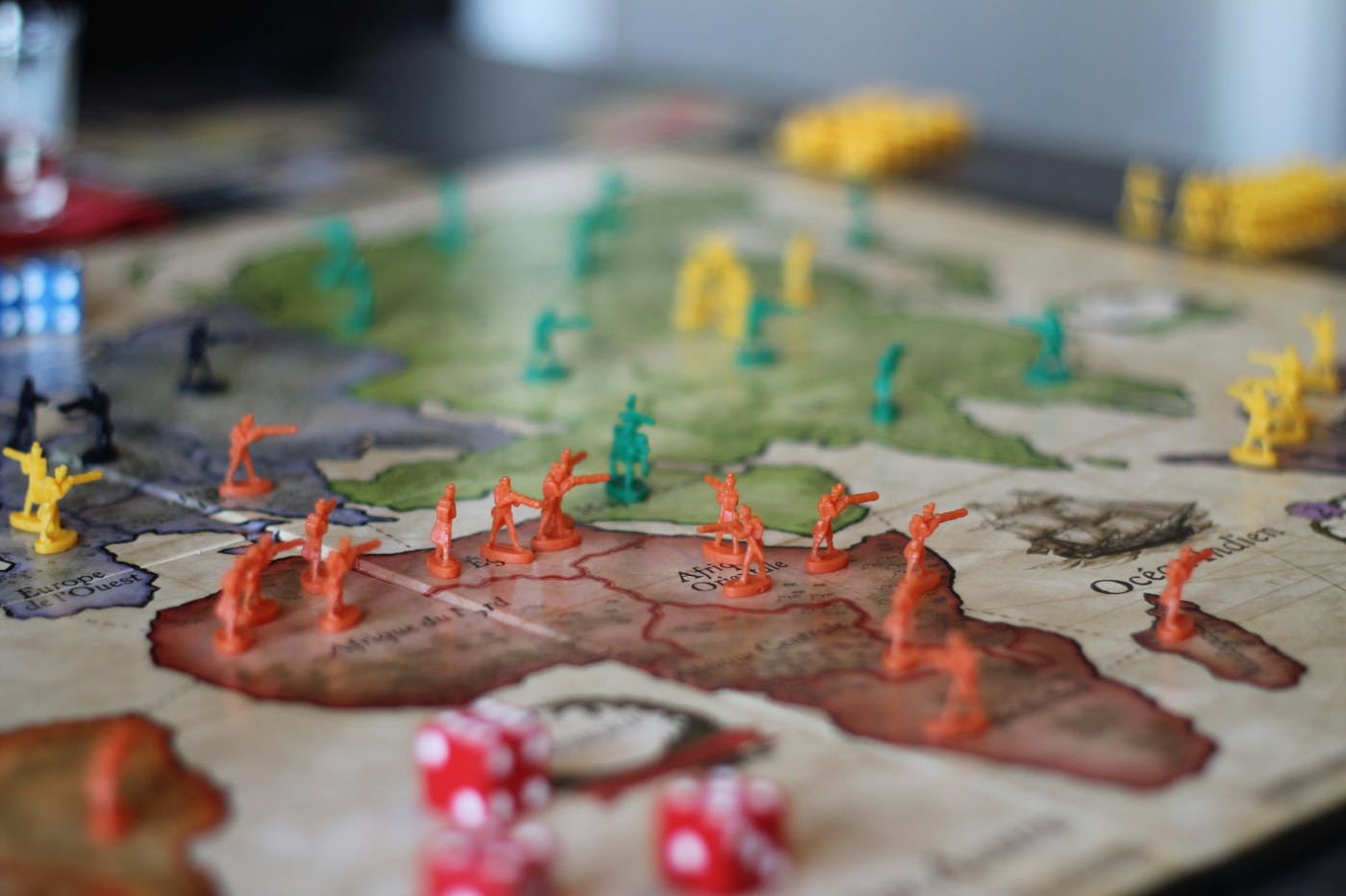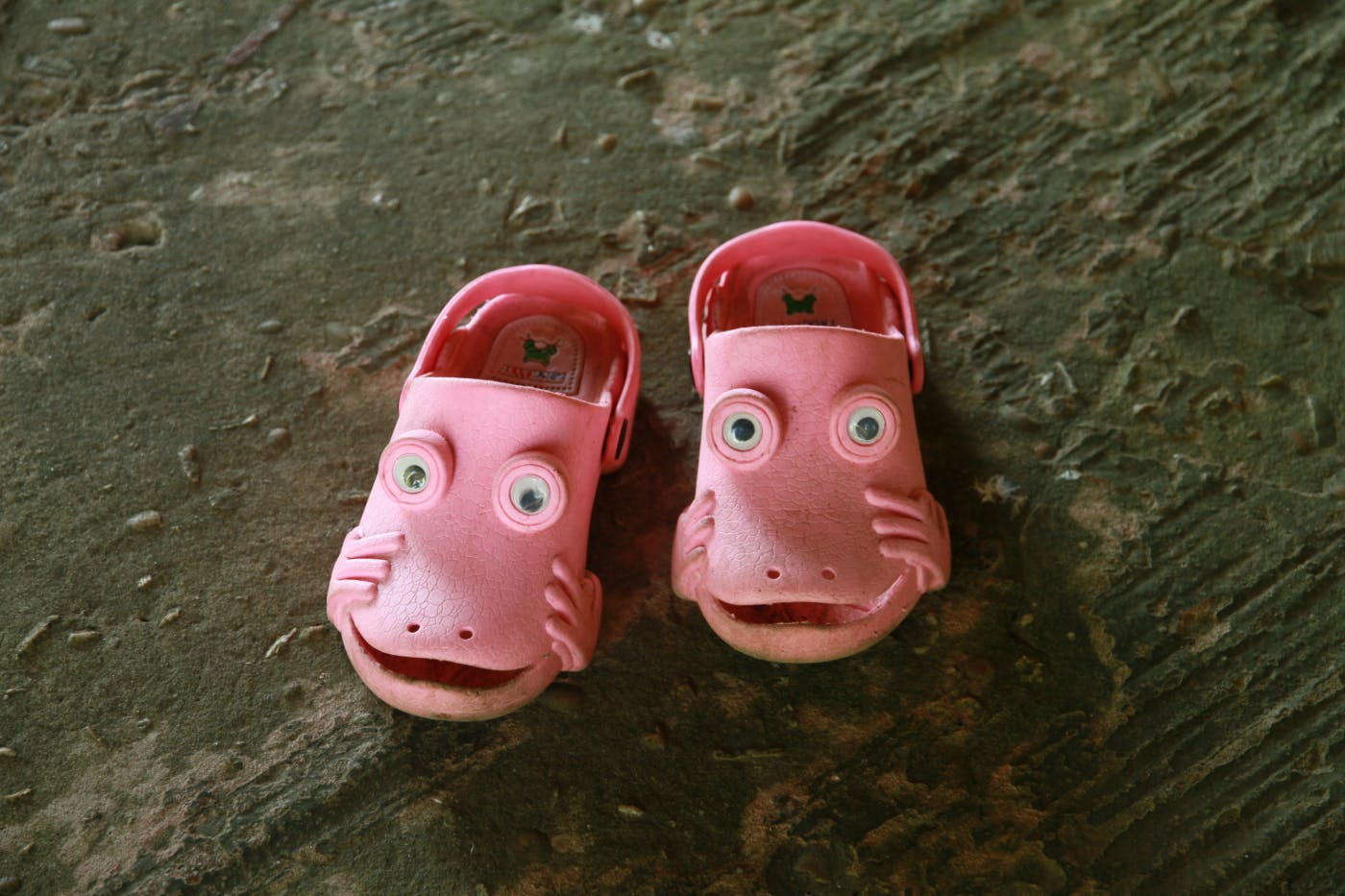

Romance in branding doesn’t mean red roses and candlelight. It’s not about grand overtures or dripping sentimentality. Instead, it’s about the emotional architecture of a brand—how it makes people feel, what ideals it evokes, and how deeply it connects on a human level.
Insomnia. It can either be your best friend or the path to madness. Right now, I’m on a direct course to madness with this latest bout of sleeplessness. Actually, I don’t even know how insomnia could ever be a friend—if it’s your friend, it’s the worst one in the world, and you seriously need new friends. But I digress. The point is, I can’t sleep, and it’s slowly making me lose my mind.
Usually, I wander the streets of my small, once-safe town, but lately, there have been drive-by shootings. And I’ve been mildly harassed by a group of drug-addled teens. So now, I’ve taken to sitting in front of one of the ten million streaming services, waiting for Morpheus to deliver his sweet gift of sleep.
Recently, I found myself watching The Big Bang Theory—something I missed when it first aired, but now I’m kind of hooked. Beneath the clever writing, the eccentric characters, and the brilliant brains of the guys, something deeper lurks: romance. Not in the Hallmark movie sense. Sure, Leonard loves Penny, but that’s the usual rom-com trope. What intrigues me more is the deeper, more profound romance—the one tied to emotion, imagination, and idealism.
All the characters, especially the main guys, are emotionally stunted in some way. They’re brilliant minds trapped in their own worlds of science and logic, but their love of comic books, their fantasy games, and their idealized versions of heroes add something romantic to their personalities. They want to be the ones who save the day. They want to feel like their lives have meaning beyond the mundane. It’s all very romantic—and the show’s creators play this beautifully. They keep it light, ensuring it doesn’t get too psychological, but the romance is there, always lurking beneath the surface.
And here’s the thing: I don’t think these characters are alone. I believe that in all of us, there’s a little romance. Think about the nine-to-five office worker who watches a pretty girl being bullied by her jerk of a boyfriend on the train. In his mind, he steps in, teaches the bully a lesson, and then... walks off into the night, never to be seen again. She watches him with a longing gaze, but he’s gone. It’s not about kissing, hugging, or any of that usual romance stuff. It’s deeper. It’s almost primal—the desire to do something heroic, to make things right, to live out a fantasy where we’re the ones who save the day.
The Big Bang Theory characters feel it too. They feel the need. The need for deed. Like knights of old, doing deeds of daring do.
This kind of romance isn’t just for TV characters. It’s real, and it plays a huge role in branding.

The Power of Romance in Branding
Romance in branding doesn’t mean red roses and candlelight. It’s not about grand overtures or dripping sentimentality. Instead, it’s about the emotional architecture of a brand—how it makes people feel, what ideals it evokes, and how deeply it connects on a human level. At its core, romance in branding is the art of storytelling that taps into our longing for meaning, imagination, and connection.
The concept has deep roots. The word romance itself originates from medieval tales written in vernacular languages—stories filled with knights, quests, and ideals. These weren’t just tales of love; they were stories about courage, belief, and destiny. Branding that embraces romance draws from that same emotional well. It reaches for something higher than product features or competitive pricing. It creates a narrative—one that positions the customer not just as a buyer, but as a hero on their own journey.
Great brands understand this. They know that consumers aren’t just looking for functionality—they’re looking for something that aligns with their identity, their dreams, and their values. Romance gives a brand soul. It suggests that there's more behind the logo: a purpose, a passion, a reason to believe.
Brands with romantic qualities don’t have to shout. They whisper. They seduce. They let consumers feel that discovering the brand was somehow their own idea. This isn’t manipulation—it’s emotional resonance. It’s the moment a customer says, “This brand gets me.”
In today’s marketing landscape, where authenticity and emotional connection are at a premium, romantic branding can be a quiet revolution. It’s not about being syrupy or sentimental. It’s about making the audience feel something real. It's about giving them something to believe in.
And the best way to understand how this plays out? See it in action. Romance in branding doesn’t live in theory—it lives in the wild, in the way certain brands manage to capture hearts, inspire loyalty, and make us believe in something more. From heritage brands that lean into timeless ideals to modern disruptors that stir our sense of purpose, let’s explore a few examples of how romance is woven into real-world branding.
Examples of Romance in Branding
Romance in branding doesn't always look like love letters or grand gestures. Sometimes it’s subtle—a lingering emotion, a tone, a promise that speaks to something greater. Let’s look at a few brands that embody romance not through sentimentality, but through idealism, imagination, and emotional resonance.
1. Chanel: The Allure of the Eternal
Chanel has long been a master of romantic branding—not just in its products, but in the story it tells. The Chanel No. 5 fragrance isn’t just a scent; it’s a legacy. Every ad, every campaign, evokes timeless elegance and the idea of a woman who is both mysterious and iconic. The romance isn’t about a partner—it’s about self-expression, identity, and the enduring allure of style. There’s a sense of aspiration and reverence that surrounds the brand, carefully cultivated through decades of storytelling and visual symbolism.
2. Apple: The Idealist’s Technology
Apple may be a tech company, but its brand romance lies in what it makes possible. Apple doesn't sell gigabytes or screen sizes—it sells a lifestyle of creativity, simplicity, and liberation. Its early "Think Different" campaign was a love letter to the misfits and dreamers. Its packaging feels like a gift. Its stores feel like shrines. The romance here isn’t poetic—it’s philosophical. It appeals to our desire to be part of something sleek, visionary, and slightly out of reach.
3. Disney: The Fairy Tale You Can Step Into
No brand has captured the essence of romantic fantasy quite like Disney. From the music to the castles to the carefully constructed guest experiences, Disney makes magic feel tangible. But more importantly, Disney tells stories where good triumphs over evil, love conquers fear, and dreams really do come true. The romance lies not just in the characters, but in the belief that the world can be better—and that we, too, are part of that story.
4. Patagonia: Love as Responsibility
Patagonia offers a different kind of romance—the romance of integrity, of standing for something. Their brand story is one of stewardship, of love for the planet and future generations. There’s emotional weight in their messaging—subtle, serious, and deeply human. Their “Don’t Buy This Jacket” campaign was a bold statement of values, wrapped in a message of restraint and purpose. It wasn’t flashy. It was romantic in the oldest sense: idealistic, noble, and courageous.
5. Dove: The Quiet Power of Real Beauty
Dove’s “Real Beauty” campaign tapped into a deeper emotional truth: that we are all worthy of love and acceptance just as we are. The romance here isn’t manufactured—it’s raw and personal. Dove shifted the conversation from impossible standards to emotional affirmation. They invited their audience to feel seen, valued, and understood. That’s romance at its most powerful—when a brand makes someone feel whole.
These brands all offer different forms of romance. Some are about aspiration, others about empathy. Some are polished and cinematic, others are grounded and real. But all of them tap into something that makes people feel—and that’s the true hallmark of a romantic brand.

Strategies for Incorporating Romance in Your Branding
Romance in branding doesn’t require roses, violins, or poetic voiceovers. What it does require is intention. It means building emotional resonance into the very structure of your brand—how you speak, what you value, and how you make your customers feel. It’s not a campaign; it’s a mindset.
Below are key strategies for introducing authentic, emotionally compelling romance into your branding:
1. Lead with Story, Not Stats
Romance thrives in storytelling. Your origin, your mission, your challenges—these are more than facts. They’re part of your mythos. Instead of relying solely on performance data or product features, wrap your messaging in a narrative. Where did your company come from? What do you stand for? Who have you helped, and how? Stories make space for imagination, and imagination is where romance lives.
Example: Instead of “We’ve served 5,000 clients,” try “We’ve helped 5,000 businesses rise, rebuild, and reimagine what’s possible.”
2. Show the Ideal—Then Invite the Real
Romance has always flirted with idealism. Use branding to paint a picture of the life your audience aspires to—then open the door and say, “This is for you.” That means focusing not just on what your product does, but on what your audience becomes when they use it.
Example: A fitness brand doesn’t just sell workouts—it sells the feeling of confidence, strength, and vitality. Make that the center of your message.
3. Create Moments of Emotional Recognition
Great romantic brands make people feel seen. That can be as small as a perfectly timed message or as large as a movement. Look for opportunities to validate the emotional state of your audience. Acknowledge their frustrations, celebrate their hopes, and meet them where they are.
Tip: This often happens through tone of voice. Be human. Be sincere. Sometimes, “We get it” is more powerful than a 10-point solution.
4. Design for Feeling, Not Just Function
The romantic brand doesn't stop at what’s said—it extends into what’s seen and felt. Consider the emotional impact of your visual identity, your packaging, and your UX. Every interaction is an opportunity to create delight, awe, calm, joy—emotions that people associate with trust and connection.
Example: Think of how Apple’s unboxing experience turns a piece of tech into a moment of personal excitement. That’s intentional design with emotional payoff.
5. Be Aspirational—but Stay Grounded
Romance should elevate your brand, not detach it from reality. You want to inspire, but you also want to be believable. That’s where honesty, transparency, and real human values come into play. Invite people to dream, but anchor those dreams in trust and substance.
Strategy: Pair aspirational messaging with grounded proof points. If you promise a better tomorrow, show how you’re building it today.
Romantic branding isn’t about manipulation. It’s about resonance. When done well, it’s not just emotionally engaging—it’s ethically powerful. It respects the audience’s desire to believe in something and offers them a story worth joining.

Summing Up: Romance Isn’t a Gimmick. It’s a Strategy.
We live in an age where audiences are smarter, more skeptical, and more emotionally attuned than ever before. They can smell inauthenticity from a mile away. But what they crave—what they respond to—is a brand that doesn’t just ask for attention, but offers meaning. That’s where romance lives.
Romance in branding isn’t about being soft or sentimental. It’s about being emotionally intelligent. It’s about speaking to the parts of your audience that want more than just function. It’s about storytelling, symbolism, values, and vision. Whether through noble ideals, everyday heroism, or subtle emotional design, romance gives your brand depth. It gives your audience something to believe in.
And that belief is powerful.
It drives trust. Loyalty. Evangelism. It turns customers into fans and transactions into relationships. In a competitive marketplace, that is what separates brands that survive from brands that resonate.
At ThoughtLab, we understand that romance is more than mood. It’s a strategic tool—a way to shape brand identity with emotional clarity and long-term impact. Whether you’re refreshing a legacy brand or building one from scratch, we help you tap into the deeper story, the one that makes your audience lean in and say, “This is the one I’ve been waiting for.”
Because when it’s done right, branding isn’t just positioning.
It’s a love story.
